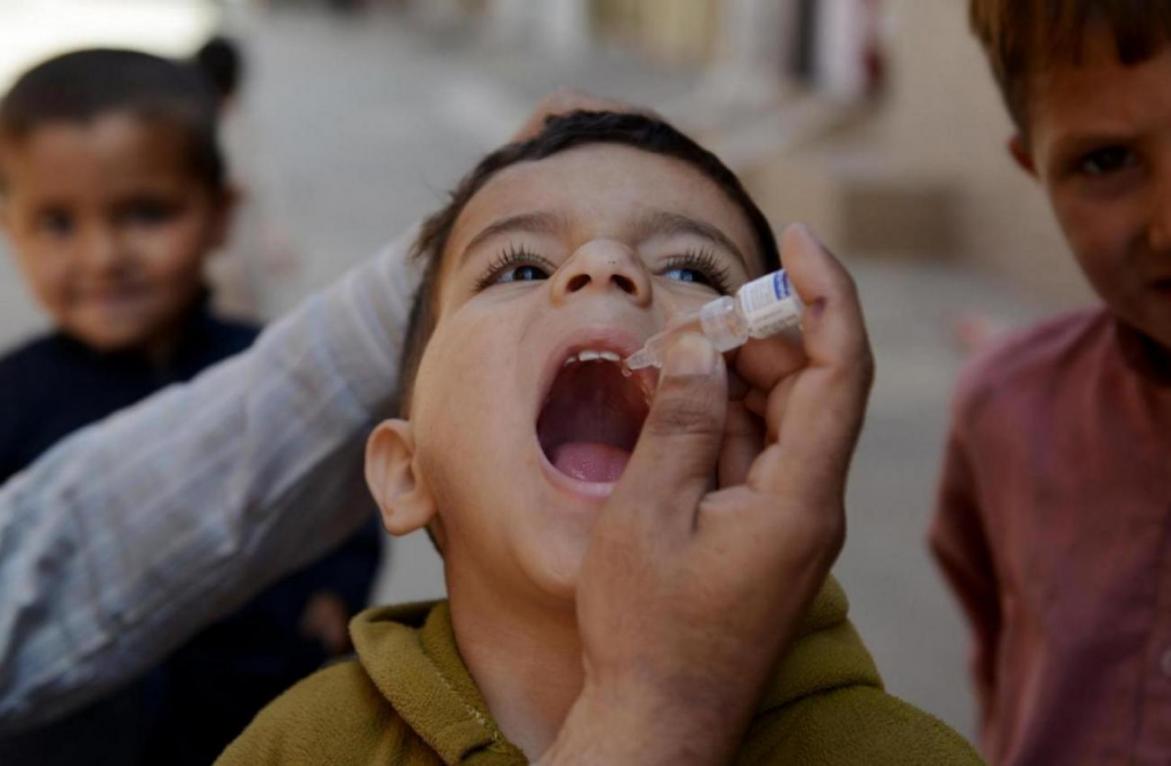The first phase of the supplementary program of immunization against polio is underway (Jan.16-19) in the country’s southern cities. The second phase is scheduled for February 13-16, IRNA quoted an official at the Health Ministry as saying at the weekend.
The World Health Organization’s global scheme to eliminate polio launched in 1988 has achieved considerable success and today the disease is endemic in some pockets of Afghanistan and Pakistan only.
In Iran, no cases of polio have been registered since 2000, but given the country’s long eastern and southeastern borders with the two neighbors and as an important transit route that sees a large influx of Afghans in particular, crossing into Iran (mostly illegally), measures must still be taken to immunize the population, said Dr Mohsen Zahraei, head of the ministry’s Department for Vaccine-Preventable Childhood Diseases.
Annually, 1.5 million children in Iran are vaccinated against polio.
Immunization of all children at birth and later at 2, 4, 6, and 18 months and finally at 6 years of age is compulsory. Oran polio vaccines are normally administered, but since September 2015, children are given injectable vaccine starting at four months instead of the oral drops.
Injectable vaccine is one of the safest with no adverse reactions and is highly effective in preventing paralytic attacks that may be caused by all three types of the poliovirus. It is approved by the WHO and is five times more expensive than oral polio vaccine.
Government and the Health Ministry have provided funds for the vaccine import from the Netherlands. Plans are afoot for its domestic production with the help of the Pasteur Institute of Iran and Razi Vaccine & Serum Research Institute.
Two Phases
Under the annual supplementary immunization program polio vaccine to under-5 children is given in two phases with a four-week interval, regardless of their earlier immunization.
Medical science universities are in charge of this scheme. In the cities covered by the universities of South Khorasan, Zabol, Zahedan, Bam, Jiroft, Iranshahr and Hormozgan, the ‘home to home’ project will be implemented in two phases.
But the plan will be executed in the high-risk areas only in Kerman, Fars, (Fasa, Jahrom), Bushehr, Dezfoul, Abadan and Behbahan (Khuzestan) and Ahwaz.
It is estimated that 800,000 children will be immunized during the process.
Universities in the northern regions will carry out the program in May and June in the high-risk regions for an estimated 250,000 children.
Poliomyelitis, often called polio or infantile paralysis, is an infectious disease caused by the poliovirus. It is usually spread through infected feces through water or food.
In about 0.5% of cases there is muscle weakness resulting in an inability to move. This most often involves the legs but may less commonly involve the muscles of the head, neck and diaphragm. In up to 70% of infections, there are no symptoms.
The disease is preventable with the polio vaccine; however, a number of doses are required for it to be effective. Once infected, there is no specific treatment for polio.


